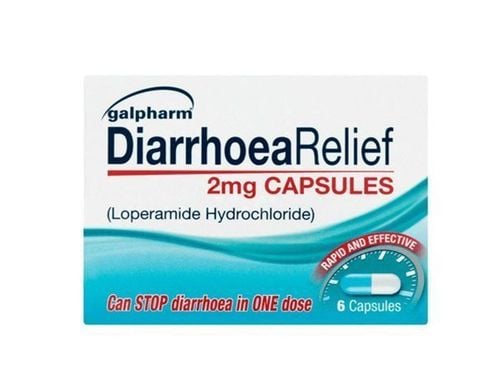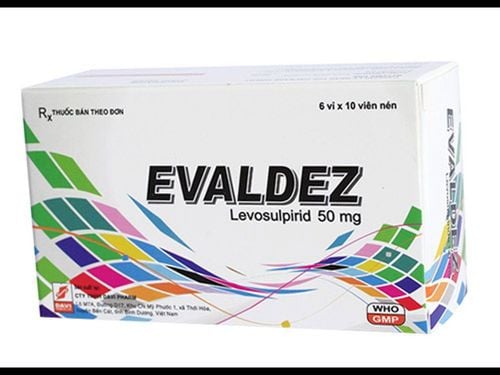This is an automatically translated article.
Esophageal spasm is a gastrointestinal disease that directly affects the eating and digestion of food, thereby causing significant effects on the health of the patient. So can esophageal spasm be cured?1. What is esophageal spasm?
Esophageal spasm, also known as diffuse esophageal spasm, is a disorder of smooth muscle contraction in the esophagus (the tube connecting the mouth to the stomach) that makes it difficult for food to move down the stomach. When you have an esophageal spasm, the muscle between your esophagus and stomach - the lower esophageal sphincter - doesn't work properly, preventing food from flowing down.Esophageal spasm has the following manifestations:
The main symptom is difficulty swallowing or feeling chest pain when swallowing, you may also have a feeling of choking in the throat. Other possible symptoms of the disease include coughing, chest pain, wheezing, belching, heartburn, and vomiting. If the disease is severe, you may also have bad breath. Difficulty swallowing can make it difficult to eat and drink, which in turn can lead to weight loss. If you have the above symptoms, you should go to the doctor as soon as possible to be examined, diagnosed and given an appropriate treatment plan.
The cause of esophageal spasm has not been determined. However, many doctors hypothesize that it could be due to damage to the nervous system in the esophagus, infection, and genetics.
This disease usually affects both men and women, it can appear at any age, but is more common in older people. In addition, there are several risk factors that can cause you to have esophageal spasms, which are:
Eating foods that are too cold or too hot; Have heartburn ; Gastroesophageal reflux disease.
2. How is esophageal spasm diagnosed?
To diagnose esophageal spasm, your doctor may order a contrast X-ray, which will show the doctor how narrow the lower esophagus is and how wide the upper esophagus is.
Your doctor may also use manometry to determine if the muscles in your esophagus are working properly and how high the pressure in your lower esophageal sphincter is for you.
Gastroscopy - the esophagus can check if the sphincter is tight. Alternatively, if there are signs of a tumor, the doctor may perform a biopsy, which involves taking a sample of tissue from a suspected site and examining it under a microscope.
3. Is esophageal spasm curable?
Currently, esophageal spasm has no cure. However, treatments can help improve the condition and prevent its complications.
If you are experiencing esophageal spasms, you need to relieve pressure on the lower esophageal sphincter with measures such as muscle relaxation or balloon surgery. However, after the muscle relaxant has been given, and the esophagus is at risk of not fully returning to normal, it may be necessary to repeat the stretching procedure if symptoms recur.
Drugs such as nitrates or calcium channel blockers that can decompress the sphincter are often used in patients who are unable to undergo sphincter dilation. In addition, the doctor may administer Botox (botulinum toxin) injections into the sphincter to stretch the esophagus.
If other treatments fail, your doctor may need to perform surgery to relieve pressure on the esophageal sphincter, which is called a lower esophageal sphincterotomy. Your doctor can use laparoscopic surgery to cut the lower esophageal sphincter.
If esophageal spasm is not treated in time, it can lead to complications of esophageal perforation, gastroesophageal reflux, pneumonia, especially can lead to esophageal cancer.
Along with the use of treatment measures, you need to practice good living habits to help you limit the progression of esophageal spasm, including:
Chew slowly, chew thoroughly. Re-examination on time. Follow your doctor's instructions and instructions exactly. Call your doctor if you have: Long-term difficulty swallowing; Pain when swallowing; Vomiting blood ; There are residual symptoms after treatment.
Please dial HOTLINE for more information or register for an appointment HERE. Download MyVinmec app to make appointments faster and to manage your bookings easily.













